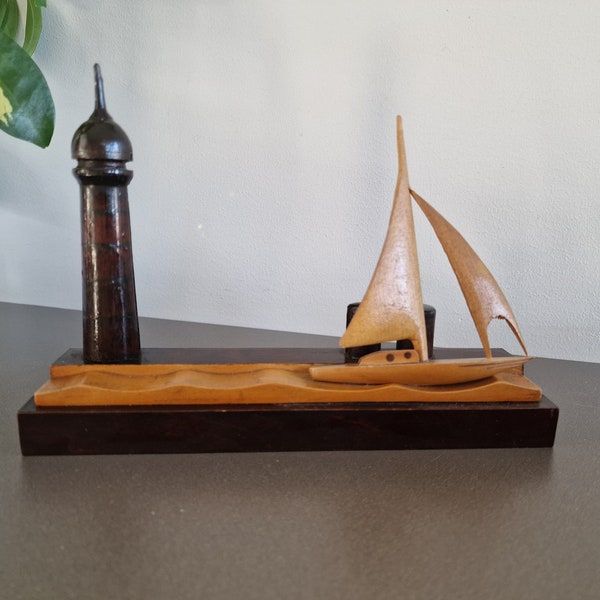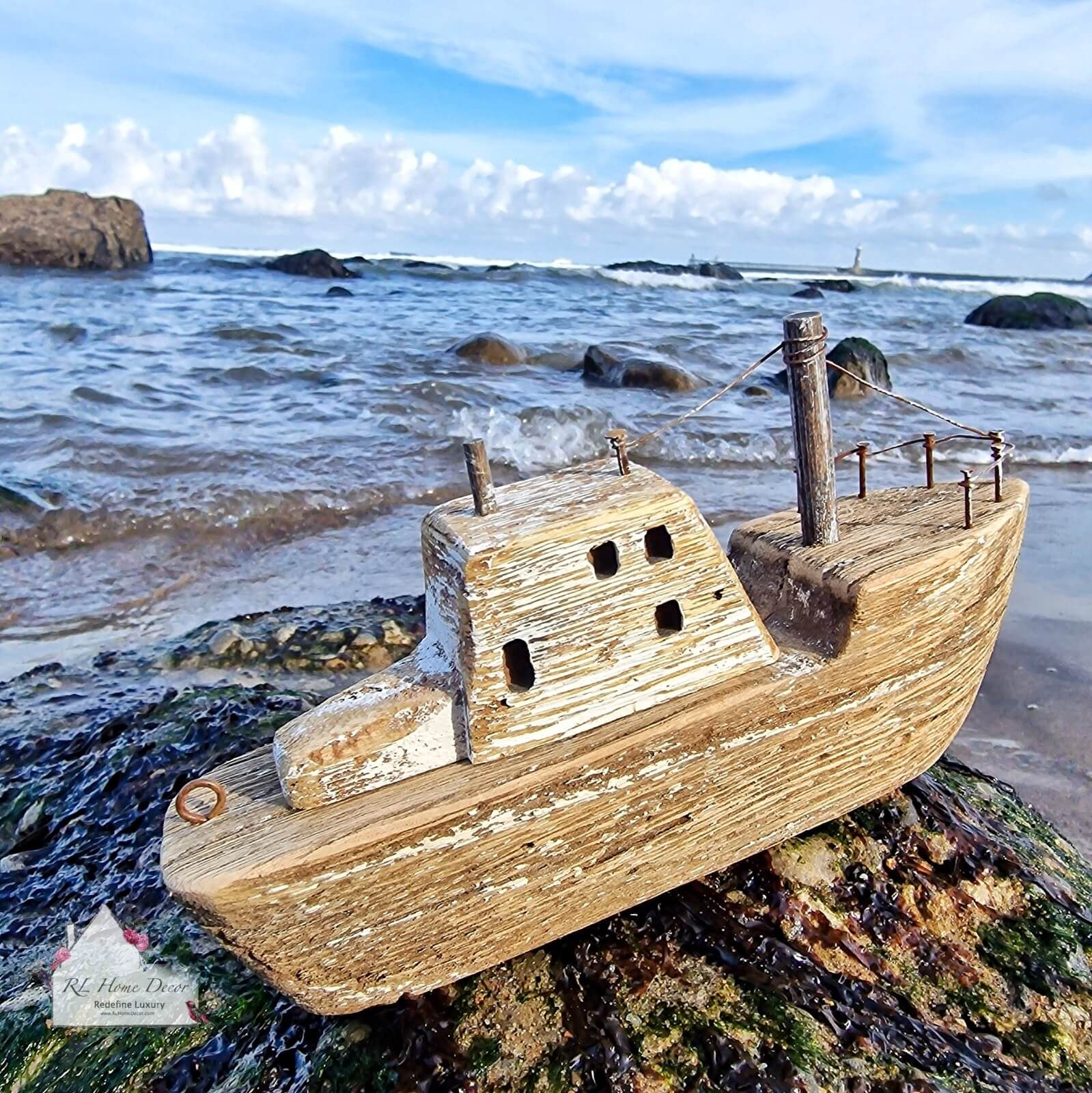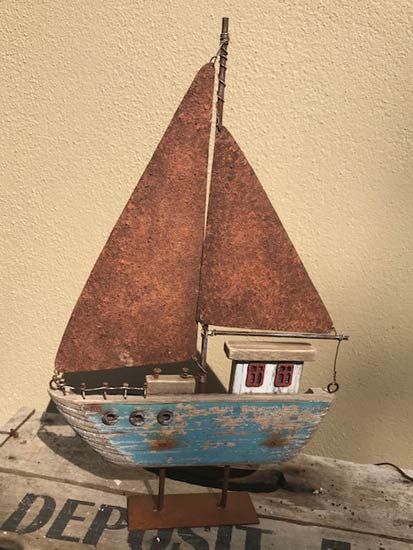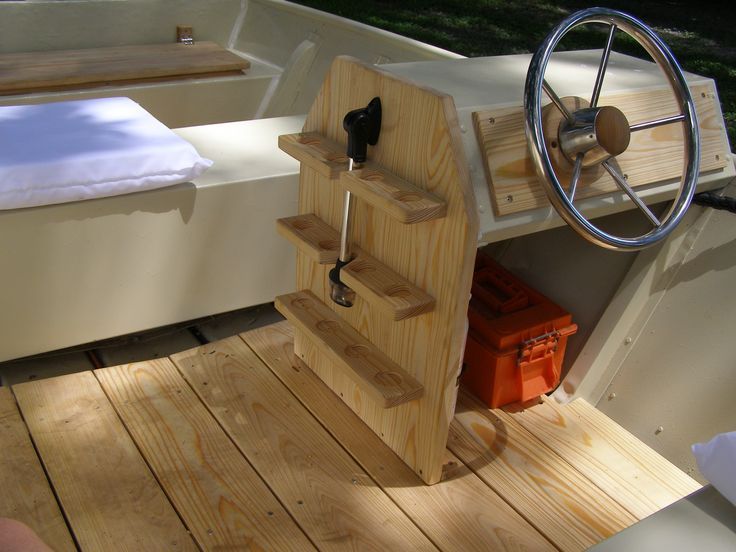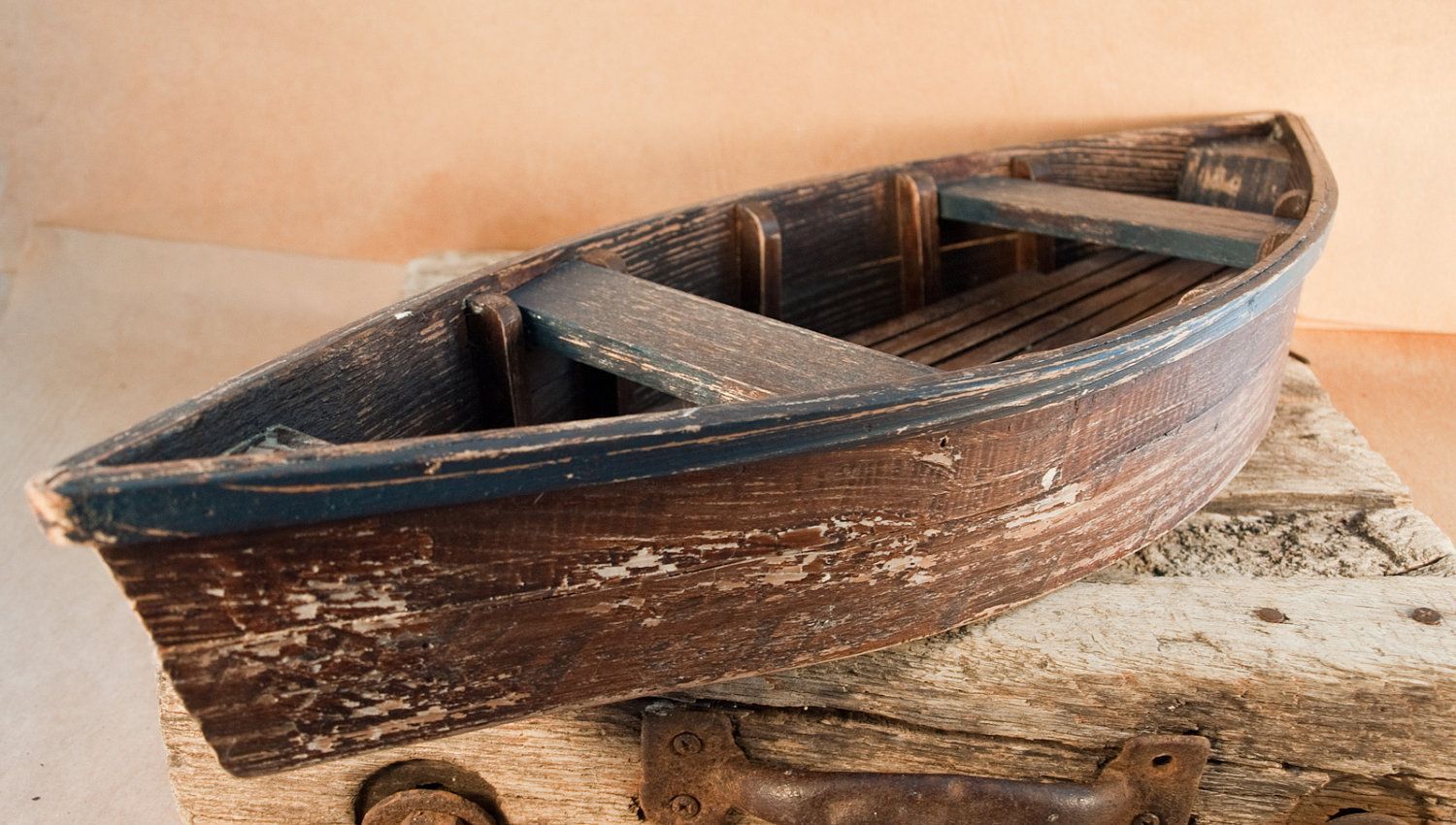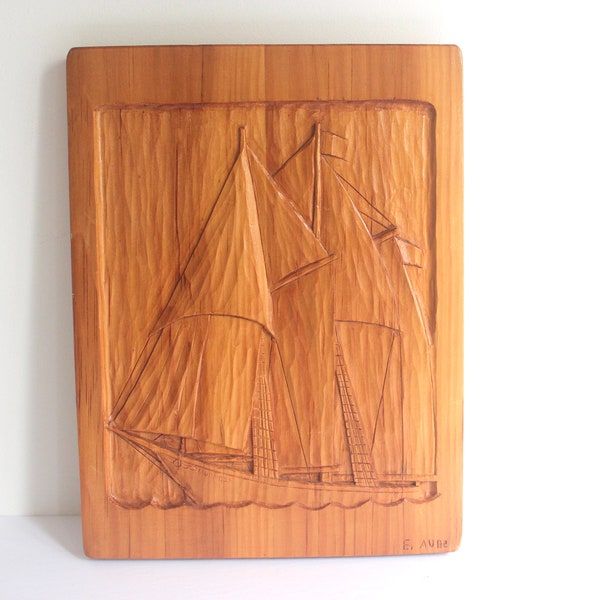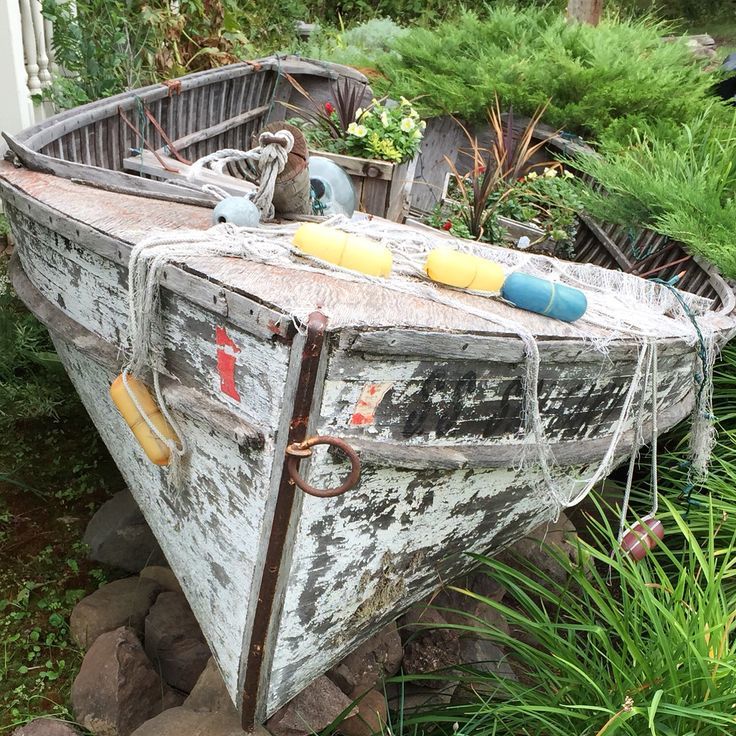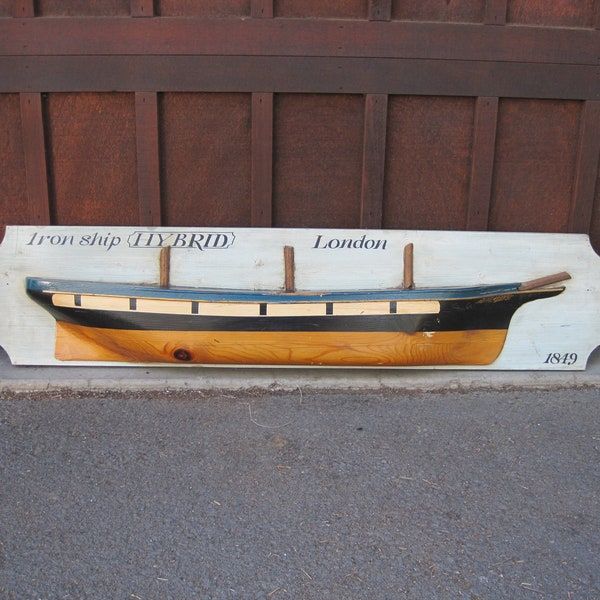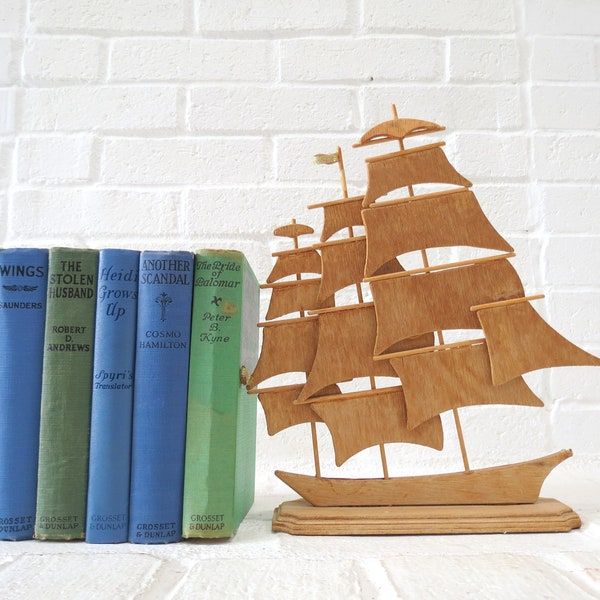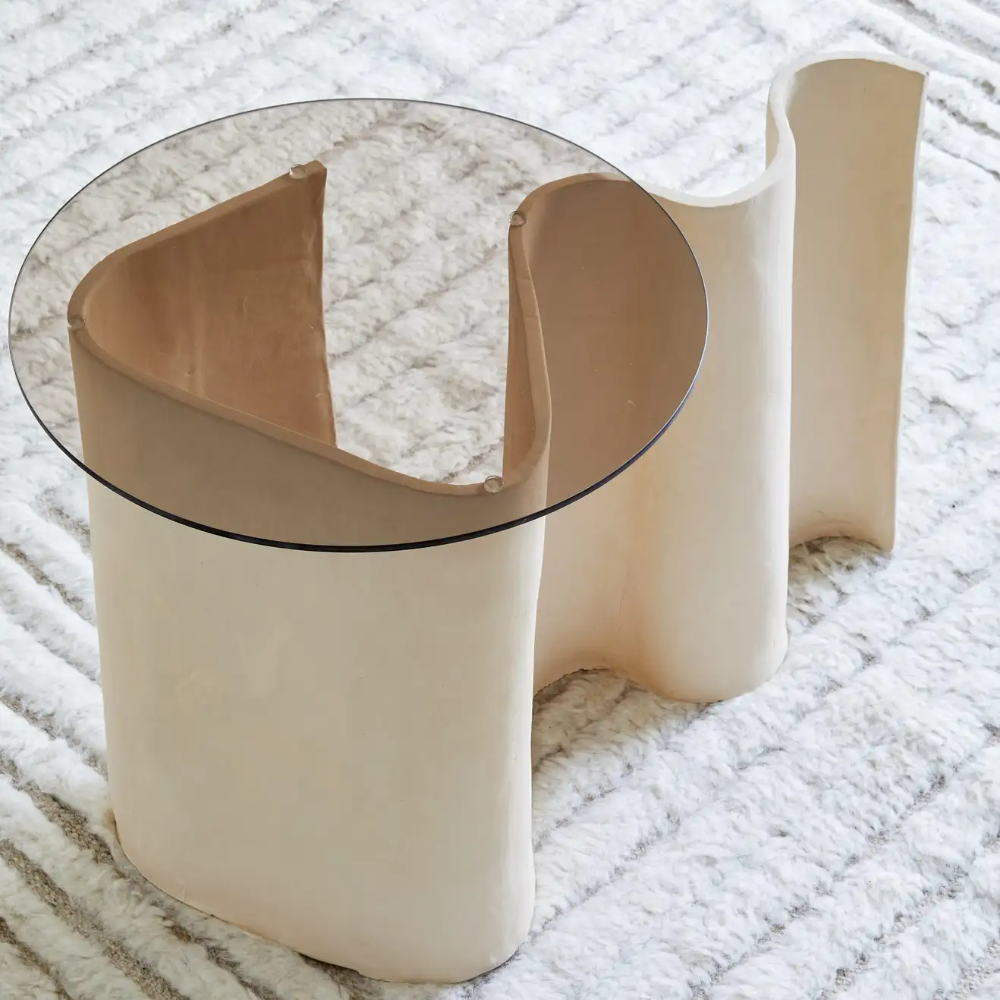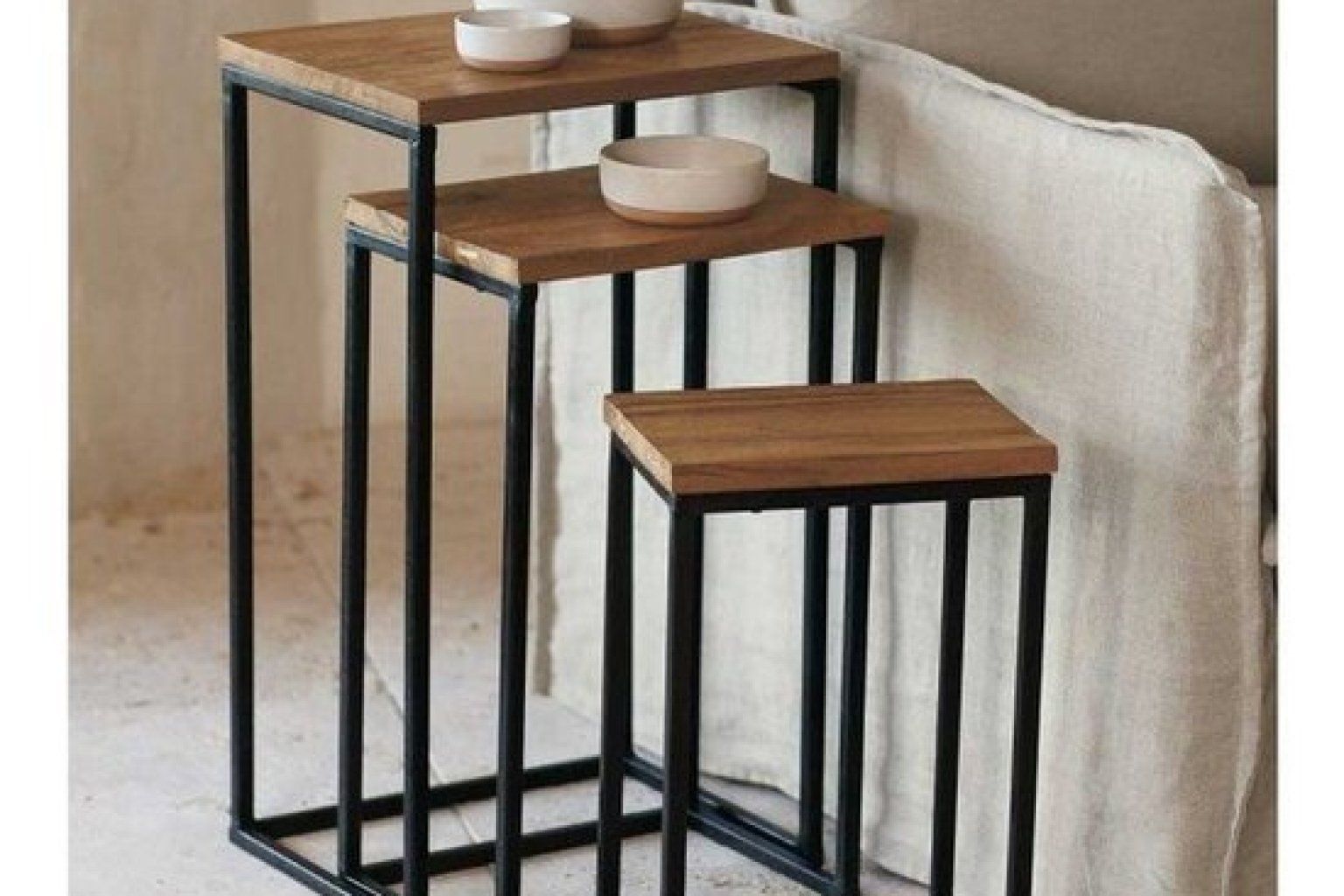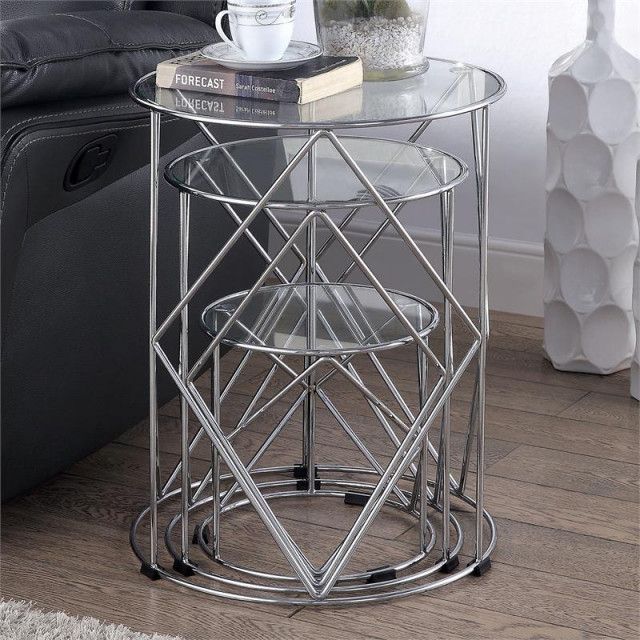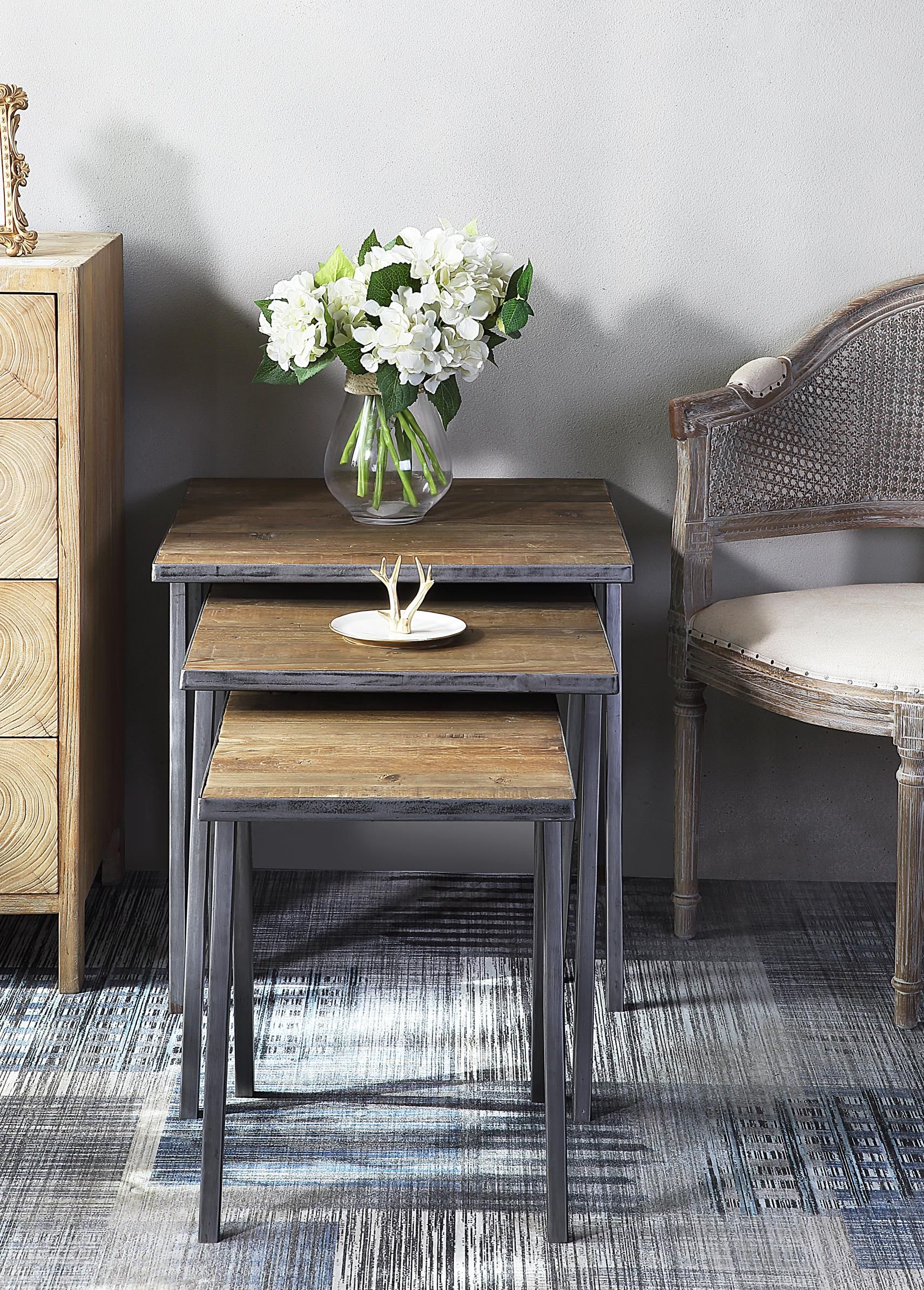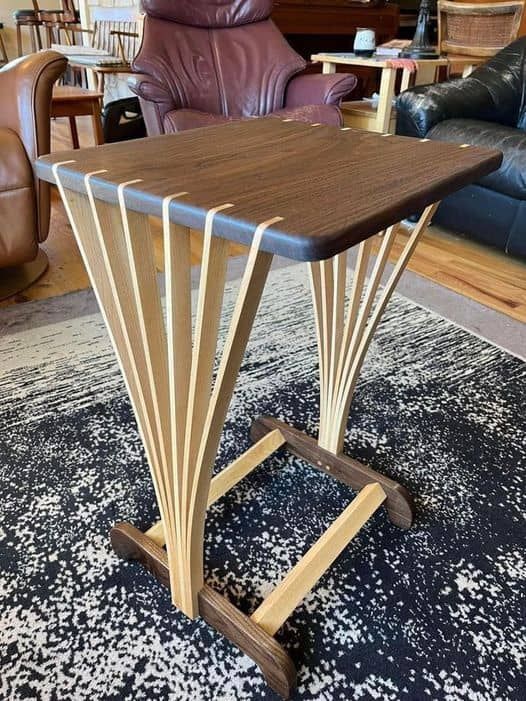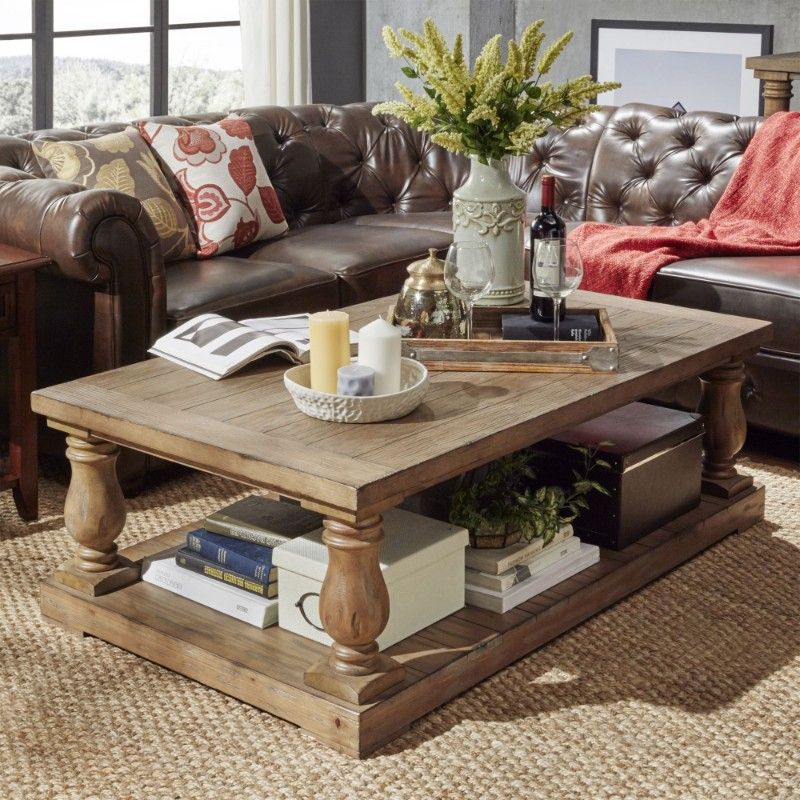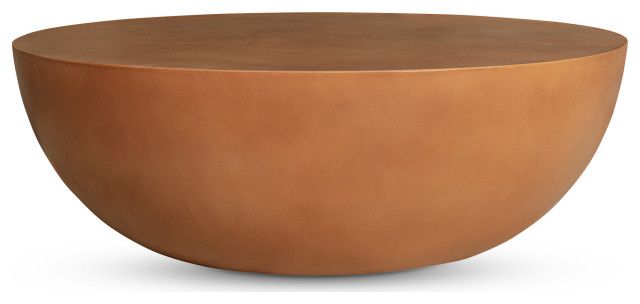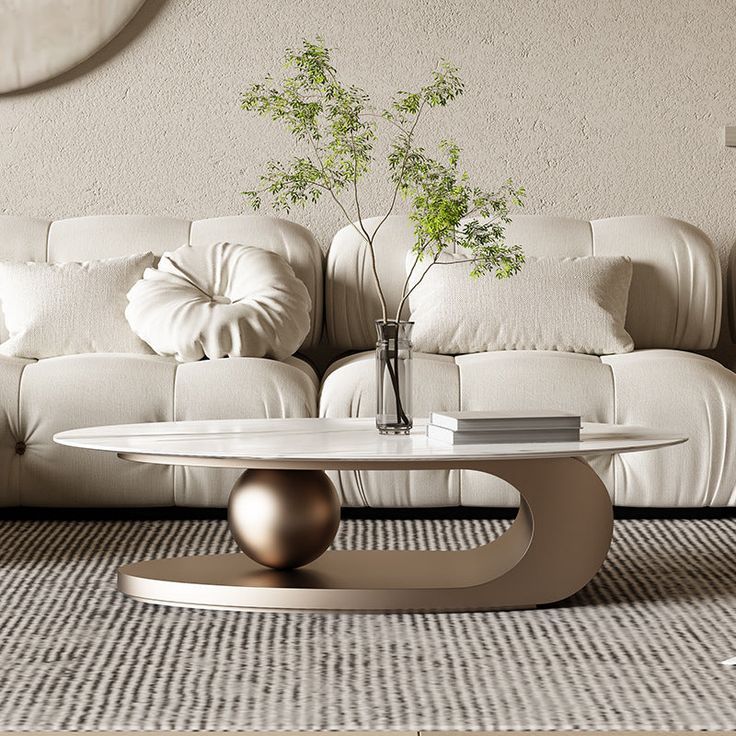The sea has always held a deep connection with wood; from the earliest rafts to the grandest sailing ships, wood has been the heart and soul of seafaring. But what happens when these wooden vessels reach the end of their journey? Too often, they’re simply forgotten, left to rot or, worse, dumped. But there’s a growing movement, a powerful one, dedicated to giving these forgotten timbers a second life: the art of sustainable boat wood salvage. It’s a practice that blends artistry, craftsmanship, and a deep respect for the environment, and it’s something I’m very passionate about. Let’s dive in, shall we?
Sustainable boat wood salvage isn’t just about rescuing old planks; it’s about reducing waste, preserving precious resources, and celebrating the beauty of reclaimed wood. It’s a way to honor the history etched into each piece of timber, to give it a new purpose, and to keep these magnificent materials out of landfills. Think of it: Every abandoned boat represents a wealth of beautifully aged wood, seasoned by sun, salt, and sea. This wood often possesses unique characteristics – grains, knots, and a weathered patina – that tell a story of its past life. By saving this wood, we lessen the need to cut down fresh trees, lessen the environmental impact of disposal, and create something truly special. And it’s something we can all be a part of, in our own way. This article will explore the whats, whys, and hows of this fascinating field.
The Value of the Salvage: More Than Just Lumber
The appeal of salvaged boat wood goes beyond mere aesthetics. This wood is often of superior quality than new timber due to its age and the unique stresses it has endured. Consider the fact that it has spent years, sometimes decades, exposed to the elements. This prolonged exposure to sun, wind, and water gives the wood a natural character that’s impossible to replicate. It’s also incredibly stable and durable because it has already gone through the natural process of shrinking and expanding, making it less prone to warping and cracking. And, let’s not forget the sustainability factor. By choosing salvaged wood, you are actively contributing to a circular economy, reducing the demand for new timber, and supporting a more environmentally conscious approach to woodworking and construction. The beauty is more than skin deep; it’s about the story the wood tells and the legacy it carries.
Identifying and Assessing: The First Steps of Reclamation
Before you can start building, you need to know what you’re working with. The process starts with careful identification and assessment. First, you’ll need to identify the type of wood. Common species found in boats include teak, mahogany, oak, and various softwoods like pine and fir. Each type has its own unique properties and best uses. Next, inspect the wood for any damage, such as rot, insect infestation, or significant cracks. This is where your experience (or the help of a seasoned professional) comes into play. Use a moisture meter to check the wood’s moisture content; this will tell you if it’s properly seasoned. Finally, consider the wood’s history. Was it exposed to saltwater? This can impact its suitability for certain projects. With a bit of careful evaluation, you can unlock the true potential hidden within each piece of salvaged timber. This initial assessment is critical to the success of any project.
The Art of Extraction: Careful Removal and Preparation
The extraction process requires patience, precision, and the right tools. The goal is to remove the wood with minimal damage, preserving as much of its original character as possible. Start by carefully disassembling the boat, taking note of how each piece fits together. Use hand tools whenever possible, like chisels, pry bars, and saws, to avoid splitting or splintering the wood. When you’re dealing with fasteners, such as screws or bolts, try to remove them without damaging the surrounding wood. After extraction, the wood needs to be cleaned and prepared. Remove any old paint, varnish, or glue. This can be done through various methods, including sanding, scraping, or using specialized chemical strippers. Remember to always wear appropriate safety gear, including gloves, eye protection, and a respirator, and work in a well-ventilated area. Once cleaned, the wood can be planed, cut, and shaped for its new purpose, ready to begin its next adventure. And, don’t be afraid of a little extra effort, the results are well worth it.
Creative Reuse: Breathing New Life into Old Timbers
The possibilities for reclaimed boat wood are truly endless. From furniture and flooring to architectural features and art installations, this versatile material can be transformed into almost anything. Imagine crafting a dining table from the deck of a sailboat, or creating a unique headboard from salvaged hull planks. Consider using the wood for outdoor projects, such as decks and fences, where its natural durability can truly shine. The weathered and worn appearance of the wood adds a unique character that can’t be found in newly milled timber. For example, a local artisan might use salvaged teak to create beautiful, weather-resistant outdoor furniture. Or, an architect might incorporate reclaimed mahogany beams into a stunning new home, blending history and modern design. The key is to embrace the wood’s imperfections, celebrate its history, and let your creativity flow. The only limit is your imagination.
Sustainability in Practice: Ethical Sourcing and Responsible Choices
Sustainability is at the heart of boat wood salvage, and it’s essential to make ethical choices throughout the process. Always source your wood from reputable sources, such as boatyards, salvage yards, or directly from boat owners. Ask questions about the boat’s history and how the wood was treated. Prioritize wood that was harvested responsibly and avoid any wood that was illegally obtained. Consider the environmental impact of any finishes or treatments you use. Choose eco-friendly options that are low in VOCs (volatile organic compounds) and made from sustainable materials. By making these responsible choices, you’re not only preserving the beauty of the wood but also contributing to a healthier planet. And, remember, every little bit helps. Even small choices, like using reclaimed wood for a picture frame, can make a difference.
The Future of Salvage: A Growing Movement
The future of boat wood salvage is bright. As awareness of sustainability grows, so too does the demand for reclaimed materials. More and more people are recognizing the beauty and value of these forgotten timbers, and the industry is evolving. We are seeing more and more specialized companies and artisans dedicated to boat wood salvage, creating innovative products and pushing the boundaries of what’s possible. Furthermore, there’s a growing emphasis on education and community engagement. Workshops, online resources, and educational programs are helping to spread awareness about the benefits of boat wood salvage and empowering people to get involved. This is not just a trend; it’s a movement – one that’s reshaping how we think about waste, resources, and the very essence of craftsmanship. And you can be part of it. So, join us, and let’s keep the story of these remarkable timbers alive, one project at a time.
Sustainable boat wood salvage is more than just a trend; it’s a testament to human ingenuity, a celebration of history, and a powerful statement about our commitment to the environment. From the initial assessment to the final creation, every step is an opportunity to honor the past and build a better future. By embracing the art of salvage, we can breathe new life into these magnificent timbers, reduce waste, and create something truly special. And, as we continue to learn, adapt, and innovate, the possibilities will only continue to grow. So, let’s all do our part, and sail toward a more sustainable future, one beautiful piece of reclaimed wood at a time. The journey is just beginning… and it’s a journey worth taking.

